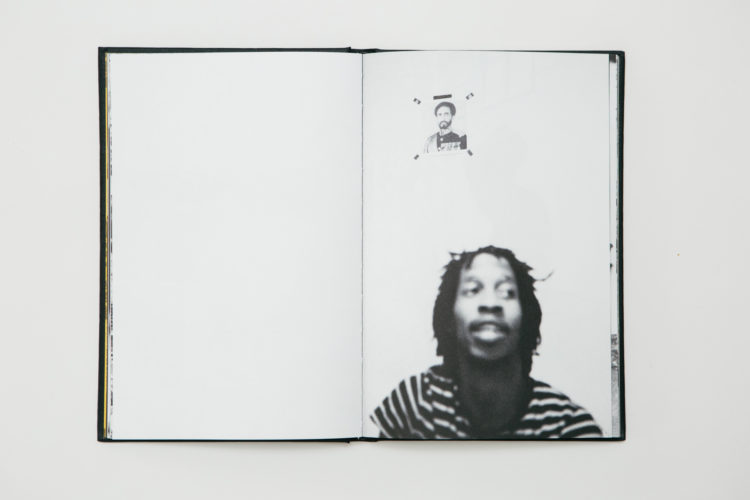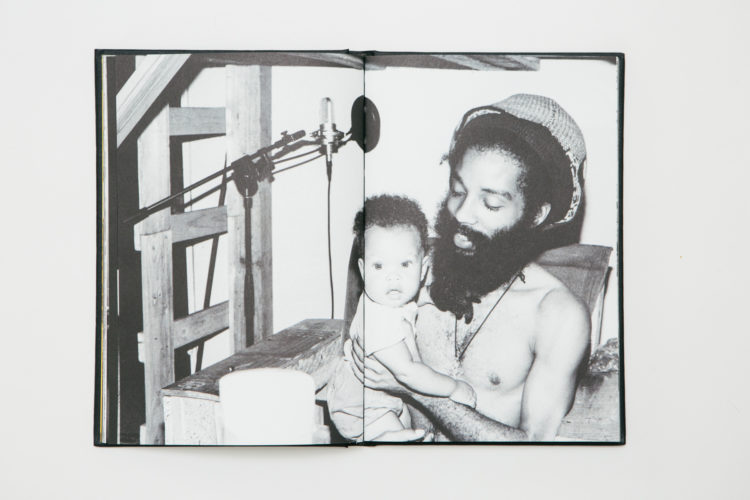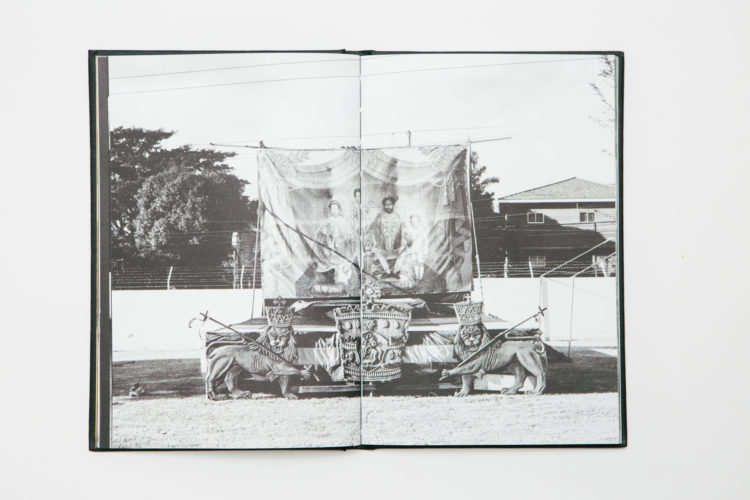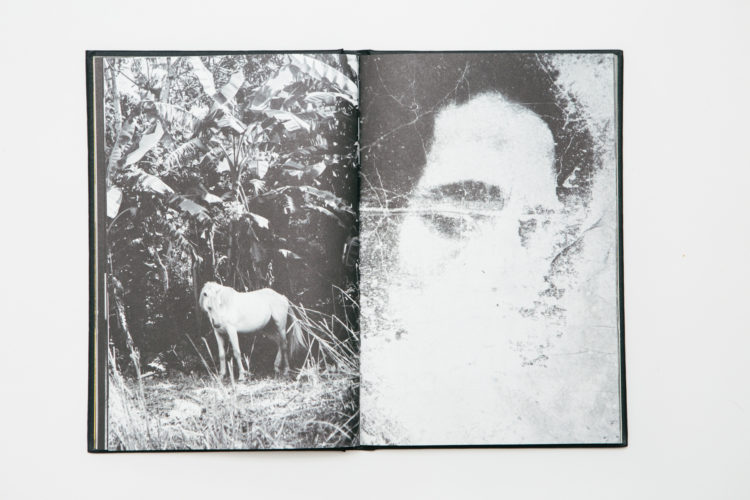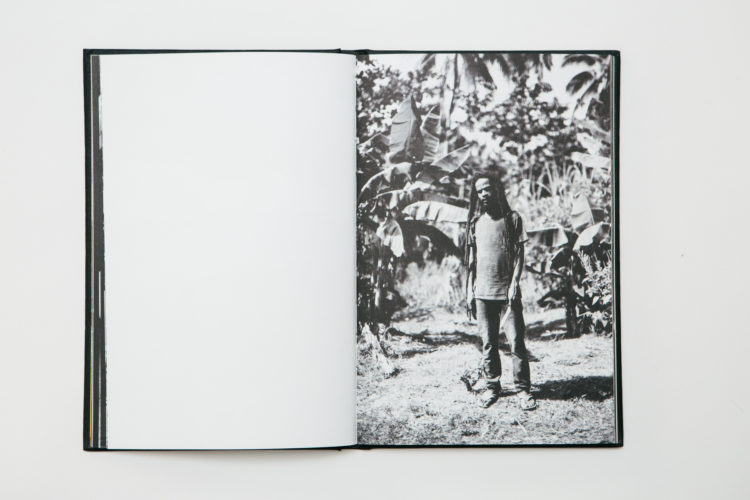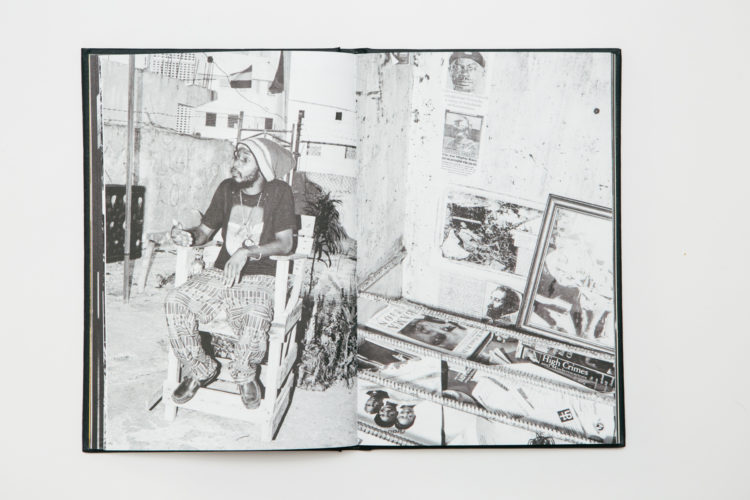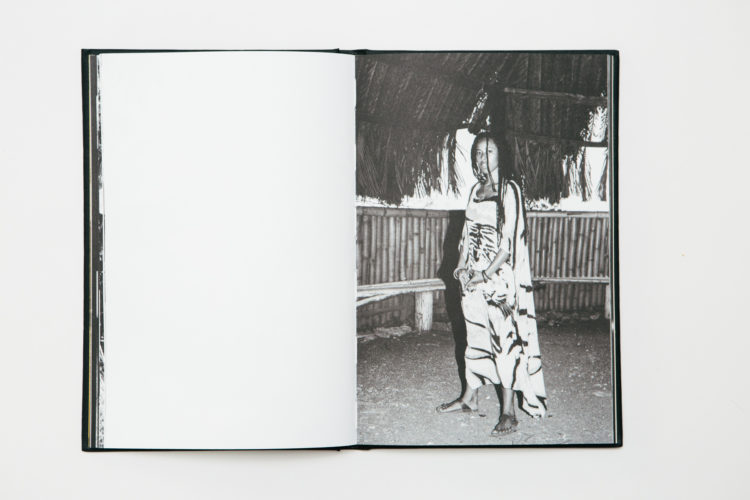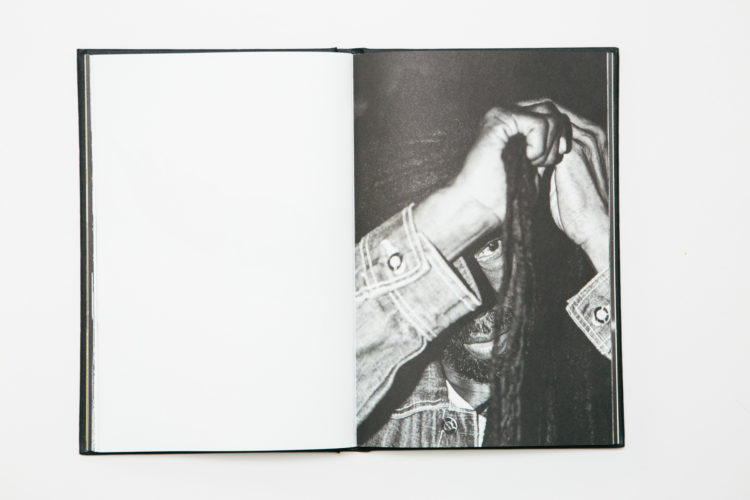‘There’s a reggae renaissance happening among this generation’s younger Jamaican musicians,’ Anicée Gaddis tells me, explaining why she was inspired to write and self-publish I & I.
The book explores how the Rastafari philosophy is being taken on by a new generation – names like Addis Pablo, Jah9, Donisha Prendergast, Yaadcore, Kabaka Pyramid and I-Nation.
‘Culturally and politically, the Rasta community was oppressed for many years,’ she continues. ‘They were persecuted and prosecuted. They were considered social outcasts, rebels and threats to society. That wasn’t very long ago. So now to see the movement being embraced and much more respected; to see its members becoming cultural leaders rather than being shunned outsiders, that’s a good thing. It is a positive part of Jamaican culture.’
I & I is the result of several trips to the island over a period spanning from Coronation Day on November 2, 2014 to Independence Day on August 6, the following year with long-time collaborator, the photographer Alessandro Simonetti. They first worked together six years ago on Small Kings, a book on the Jamaican street dance Passa Passa.
‘The music is the lifestyle. The lifestyle is the faith.’
During that time Anicée has witnessed the blossoming of the movement. ‘It’s ahead of the times and the younger generation is turning towards it for wisdom and guidance and really raising the consciousness. The Rasta lifestyle is definitely a growing phenomenon worldwide.’
But it remains firmly rooted in island life. ‘The music is the lifestyle. The lifestyle is the faith and the faith is Rastafari. But without the faith you wouldn’t have the music or the lifestyle. So it’s all very interwoven.’
The nature of the project required an esoteric approach. ‘Even during an interview, you don’t interview a member of the faith you hold what is called a “Reasoning”, which is an exchange of energy and knowledge and thoughts. It can last for two hours or for five hours; you never know when it will naturally conclude. Early on in the project, I put away my notepad and my questions and I just listened. It was very liberating.’
She gained a new understanding of life on the island. ‘It’s quite a deep subject and it’s very timely.’ The faith echoes many modern concerns. ‘The lifestyle that Rasta supports is very much about health, wellness and environmental sustainability, self-empowerment and self-improvement.’
I & I celebrates these modern-day Jamaican icons in dreamlike photography and prose. Anicée picks a few of the portraits and tells us the story behind them.
Exile Di Brave, one of the rising young voices in Jamaica’s reggae renaissance, photographed in his home studio where he records in a soundproofed closet he has converted into a recording booth. The only décor is a portrait of Ethiopian Emperor Haile Selassie tapped to the wall.
Yaadcore, arguably this generation’s most esteemed young roots reggae selector out of Kingston and founder of the weekly Dubwise sessions, at his home studio with his baby daughter. Here he is speaking about the message and frequency of reggae and its dual effect of resonating with the mind while flowing through the body.
A stage at the Twelve Tribes of Israel Headquarters the day after Coronation Day, one of the highest holy days in the Rasta calendar marking the date, November 2, 1930, when His Majesty Haile Selassie I was crowned Emperor of Ethiopia, ushering in a new age of leadership and pride among members of the Rastafari faith.
A white horse standing in a banana grove seen while driving from Port Antonio to Kingston. The cover for Bob Marley and The Wailers Confrontation album depicts Bob on a white horse fighting a purple dragon. Next to this is a faded mural of Bob Marley found at Boston Bay, back when he was pre-locks, pre-spiritual mystic, pre-lyrical clairvoyant and enlightened scribe..
Joavan ‘Yagga’ Puran, fine artist and seasoned farmer, tending to his crops of okra, tomatoes, callaloo, pok choy, scallion, carrots, and June plums on his family farm where he was born and raised.
‘Rasta represents life itself,’ he says. ‘It is us, on this earth, in this moment.’
Bookseller and thoughtist I-Nation streaming knowledge in his garrison of Tivoli Gardens, where he hopes to raise the consciousness and involvement of his community toward a vision for upliftment and positive change. ‘There is no converting – Rastafari is already in everyone – it’s just about an awakening,’ he says.
Donisha Prendergast, activist, filmmaker, justice seeker, and eldest granddaughter of Bob Marley, speaking about the responsibility of the Rastafari community to focus on nation building at the Tabernacle on the grounds of Pinnacle. Pinnacle is the first self-sustaining community of Rastafari, founded in 1939 by Leonard ‘The Gong’ Howell in the Parish of Saint Catherine. The 500-acre plot is being managed by the St. Jago Hills Development Company, posing a severe threat to the preservation of one of Jamaica’s most symbolic heritage sights.
Oliver Morris, a Rasta who started growing his locks – which drape well beyond his ankles like a byzantine network of vines – at age 18, when Haile Selassie spoke to him in a dream. He works with Harry Joseph, an elder who went to jail and had his locks cut by the police in the ’60s and now runs one of Kingston’s most respected juice shops.
Jamaica’s first Prime Minister, Alexander Bustamante, once decreed, ‘Any time you see two or more Rastas, trim them,’ and ‘Bring in all Rastas, alive or dead.’
More than half a century on, it seems that Rastas, and their traditions, are very much alive.
Check out more of Anicée Gaddis’ work here

